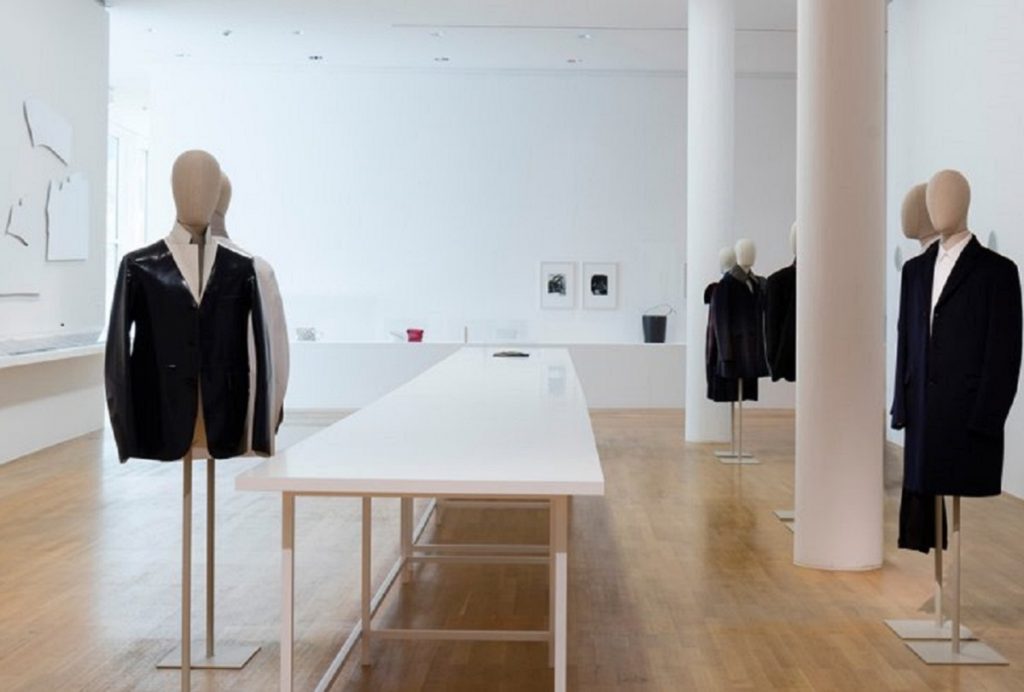Jil Sander: present tense
Jil Sander is one of the most influential fashion designers of her generation. Her first solo exhibition ever to take place in a museum consisted of large-scale, multi-media installations and tableaus devoted to the impact of her design approach on the aesthetics, material and form of fashion and product design, architecture and garden art.
The presentation, which could hardly have been more multifaceted, was showcasing the ingenuity and creative power of a designer whose primary objective is to bring out a person’s personality.
Jil Sander’s significance as a fashion designer is due to an extraordinary perceptivity which enabled her to anticipate trends and changes in society. She used them as a point of departure for developing unexpected, truly modern shapes in fashion. Her purism has transformed our notions of beauty and identity. Her design principles — harmony of proportion, sophisticated three-dimensionality, understatement and dynamic elegance — have always remained the same. And yet she has presented the fundamentals of her aesthetics in each of her collections in completely new ways.
With her decision to exhibit her work at the Museum Angewandte Kunst in Frankfurt/Main, Jil Sander has turned her attention to the past. This is quite a new experience for someone who has always preferred the up-and-coming. After an eighteen months long, intensive involvement of the designer, the exhibition opened as a multimedia spectacle, combining architecture, colour, light, film, sound, text, photography, fashion and art in dynamic spatial compositions. As such, the exhibition was less a retrospective overview than a fresh interpretation of the Jil Sander spirit and its aesthetics.
Curated by Matthias Wagner K in close cooperation with Jil Sander, the exhibition was divided into the following thematic sections: runway, backstage, studio, fashion lines, accessories, cosmetics, fashion photography and advertising campaigns, fashion and art, architecture and garden art. It spread throughout the museum building on some 3,000 square metres of exhibition space.
Image copyright Paul Warchol, Museum Angewandte Kunst.
